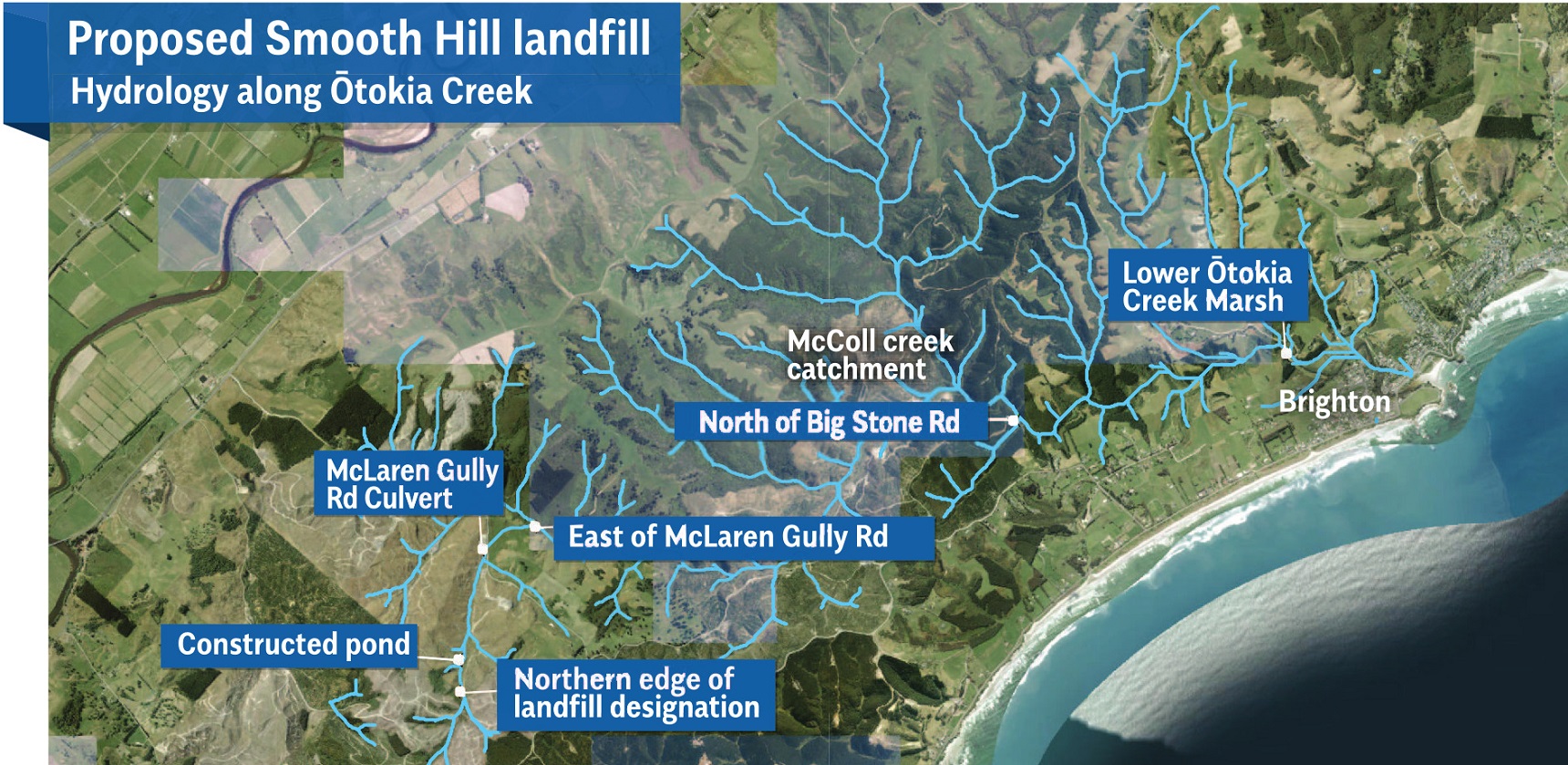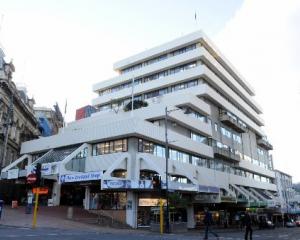
However, the expert witness, who alerted commissioners to the absence of such an assessment at the landfill consent application hearings in May, has now called the council’s new report incomplete.
Hearings for the council’s application to build a new landfill for Dunedin near Brighton were adjourned at the end of May.
After evidence from EHS Support New Zealand principal environmental chemist Andrew Rumsby that a "comprehensive site-specific assessment of the effects on the environment" had not been done, commissioners asked the council to provide the new report.
The chemicals found in everything, such as grease-proof fast food containers, non-stick cookware and waterproof jackets, could accumulate over time in living things.
And the effect of those chemicals on the environment, especially the food chain, needed to be considered as part of the council’s application, he said.
Council consultants GHD submitted a 93-page water quality analysis as new evidence for the hearings last week.
Their extended analysis included consideration of a broad range of potential contaminants, a worst-case scenario where the landfill liner failed, and the requested "quantitative human health risk assessment".
The human health risk assessment took into account a range of activities of which submitters said they were concerned manufactured chemicals could affect their use of Otokia Creek, which starts at the proposed landfill site and goes to the sea at Brighton Beach.
The consultants assessed swimming in the creek, eating food such as eel and watercress from it and eating fruit and vegetables grown with water from it, as well as eating animals raised using its water, or the animals’ products, such as eggs, milk, or meat.
Food gathering from the creek had the highest likelihood of exposing people to the chemicals that could be present in the landfill’s leachate, or present in the environment for other reasons, the report said.
"However, the [assessment] concluded that the potential risks to human health were low and acceptable, even under the theoretical landfill liner failure scenario."
When the landfill eventually closed, the impact on the environment associated with discharge of the manufactured chemicals was considered "negligible", the report said.
In response this week, Mr Rumsby took issue with some of the methods the analysis used.
It had not considered all the ways in which the problem chemicals accumulated in living things, he said.
He further questioned uncertainties associated with the data used in the new report.
Mr Rumsby, who was involved recently with setting criteria for what waste could be accepted at the AB Lime landfill in Southland, went on to say the new assessment was incomplete "because it does not consider the range of environmental contaminants".
Next week, the Otago Regional Council’s consultant is due to comment on both reports.











